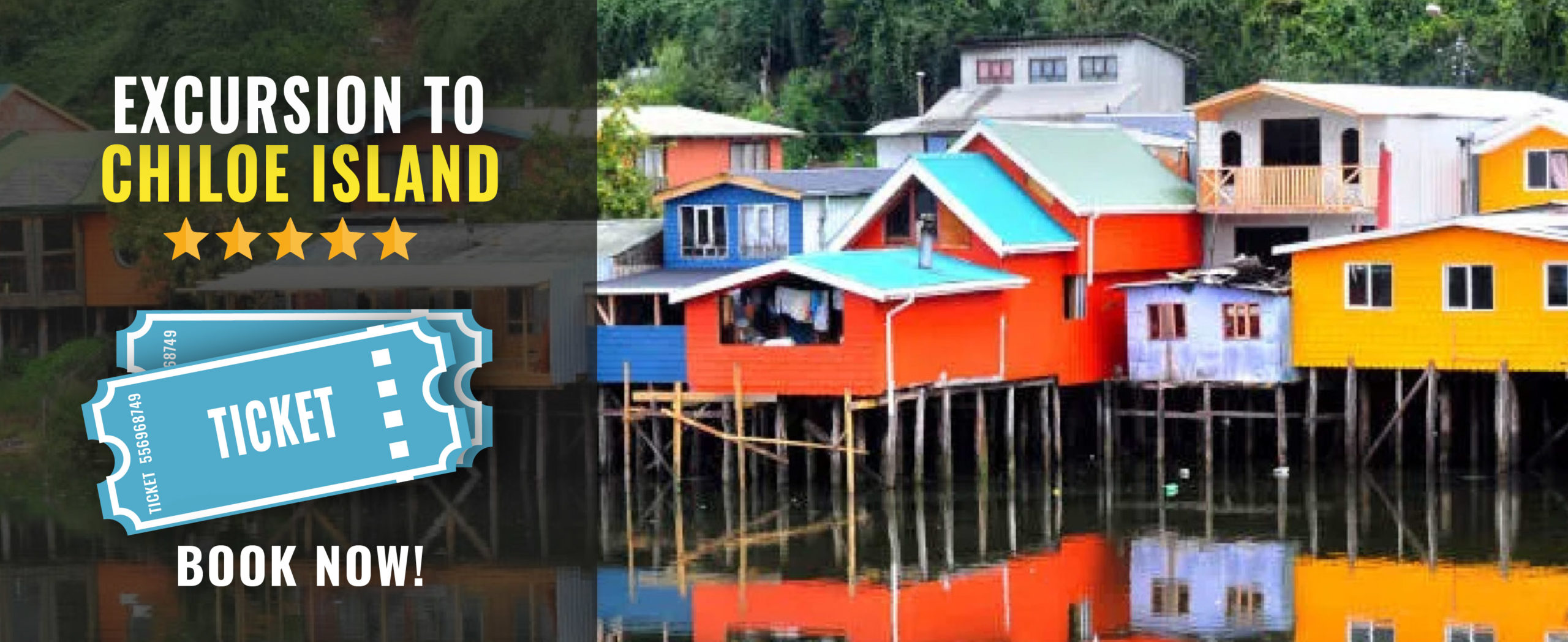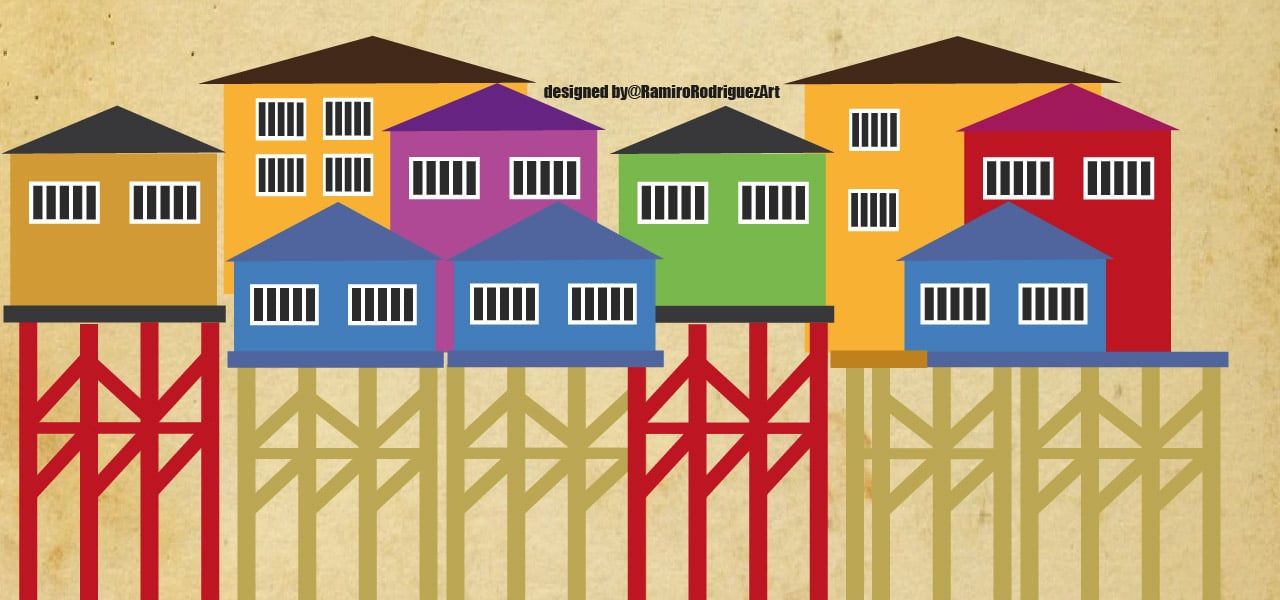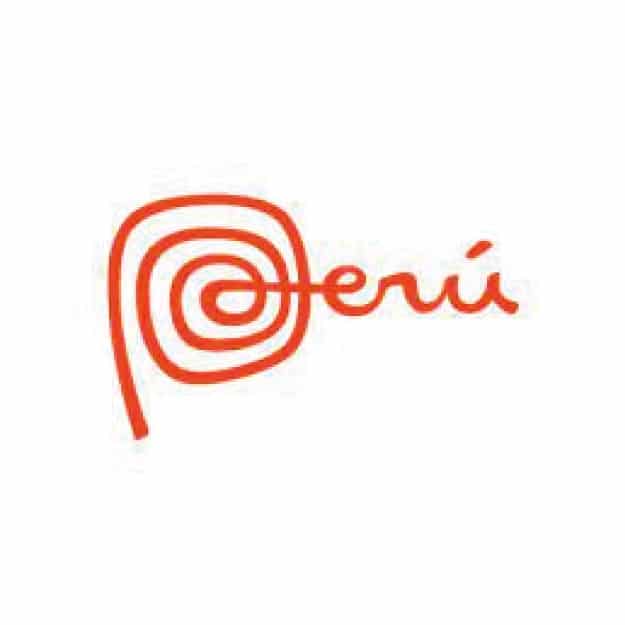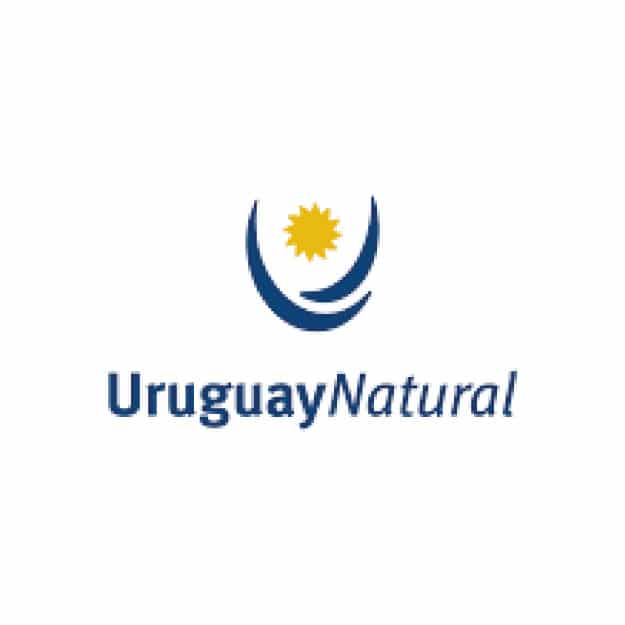Penguins in Chiloe Island: The Puñihuil Colonies
Penguins in Chiloe Island? Yes, you can see these amazing animals in the coast of the Chiloe Island, on the Pacific Ocean. But, where to see them exactly?
Penguins in Chiloe Island
Islotes de Puñihuil Natural Monument
The Islotes de Puñihuil Natural Monument was created in 1999 and protect an area of 8.64 ha. It is located in the commune of Ancud, Chiloé province, Los Lagos Region. The three islets that make it up are located on the northwest coast of Isla Grande de Chiloé, in front of the fishing cove of Puñihuil.
Of the 17 species of penguins that exist in the world, 9 are present in Chile (plus exceptional sightings of the dwarf or blue penguin) and 2 of them are present in this natural monument. This sector is one of the few places in the world that is home to these nesting and reproduction colonies of the Magellanic and Humboldt penguins.
The flora is mainly composed of shrub species, due to the strong influence of the Pacific Ocean, highlighting the presence of chupalla and sucker as well as herbaceous species. In the Puñihuil sector there are relics of the Chilote coastal forest, whose dominant species corresponds to the coastal olive tree accompanied by species such as tepa and ulmo.
As for fauna, in addition to the Magellan and Humboldt penguins, you can see a large number of coastal birds such as carancas, cormorants and shearwaters, among others. Among the mammals, the presence of chungungo or sea otter stands out, which is the smallest marine mammal in the world and is distributed along the Pacific coast from northern Peru to Cape Horn.
Penguins in Chiloe Island
How to arrive to the penguin colony of Puñihuil?
Its main access is the Route W-20 that joins the towns of Ancud and Pumillahue, through a 20 km route. It continues on a gravel road passable all year round, finally, at the crossroads of
Stone Run, take a detour to the West, which after 3 km you arrive at the Caleta beach. From there accessed by boat and with a landing for research purposes only. The boats have set sail from the cove of homonymous fishermen.

Islets of Puñihuil: Fauna and Flora
In the Puñihuil sector, the presence of native-type forest remnants that extend completely on the hillside stands out crosses the beach. It is recognized as a vegetation formation composed mainly of the native forest of Chiloé, whose dominant species and characteristic of the sector corresponds to olivillo coastal, together with minor species of tepa, ulmo and cinnamon, in addition to different types of herbs and ferns. Particularly on the Islets, there is a vegetation of shrub species such as the quila, chupalla and chupón that is considered of great importance for the nesting of penguins and herbaceous vegetation such as Holcus lanatus and Anthoxantum odoratum.
You can see the Magellan and Humboldt penguins, both species are protected in Chile of Fisheries and Aquaculture, with which hunting and Capture of specimens is punishable by law. There’s also a large number of coastal birds such as carancas, cormorants and fardelas, among others. Among mammals, the presence of chungungo or sea otter, which is the smallest marine mammal
of the world and that is distributed along the Pacific coast from the north of Peru to Cape Horn. Sighting from September to March of each year
Why is Puñihuil so famous?
The monument is notable for being the only known place where the Humboldt and Magellanic penguins share the breeding site. It is also a breeding area for other species, such as the gray cormorant and the Dominican gull. It is also possible to find chungungos or sea cats. Puñihuil is one of the places with the greatest tourist attraction on the Island of Chiloé. It stands out for the protection of Magellanic and Humboldt penguins. The Puñihuil sector is located 27 km. from Ancud in the north of the Isla Grande de Chiloé, is one of the places with the greatest tourist attraction.
Penguins in Chiloe. When to visit Puñihuil penguin colonies?
The best time to visit the Puñihuil penguin colony runs from the beginning of October to the middle of March. At the beginning of October the penguins begin to arrive for reproduction and by January they have the young, and then go out to sea at the end of March.
Penguins in Chiloe Island: The Humboltd Penguin
The Humboldt Penguin, inhabits the Pacific Ocean along the west coast of South America in Peru and Chile, which is crossed by the Humboldt or Peruvian Current, from 5 ° to 41 ° 55 ′ south latitude. Very rarely, wandering specimens have been found on the Pacific coasts of Ecuador, Colombia, and Panama.
In recent years their populations have been drastically reduced as a result of the scarcity of nesting sites, reduction in food supply, predation by man and, above all, the impact of severe climatic phenomena, such as El Niño.
The Humboldt Penguin is a medium-sized bird, reaches between 56 and 72 cm (centimeters) in length and weighs 3.3 to 4.9 kg (kilograms), it has a fleshy pink spot that covers the circumference of the eye and the back of the beak. In both sections, the fleshy is surrounded by a black spot in the middle of the head, above this a white line runs from the head to the thighs and also joins the belly, which is It is white in color and has a black horseshoe-shaped line. The black color covers the back of this animal, including the head, and the upper part of the fins, the latter at the bottom are white with black spots. They have a 10 cm beak.
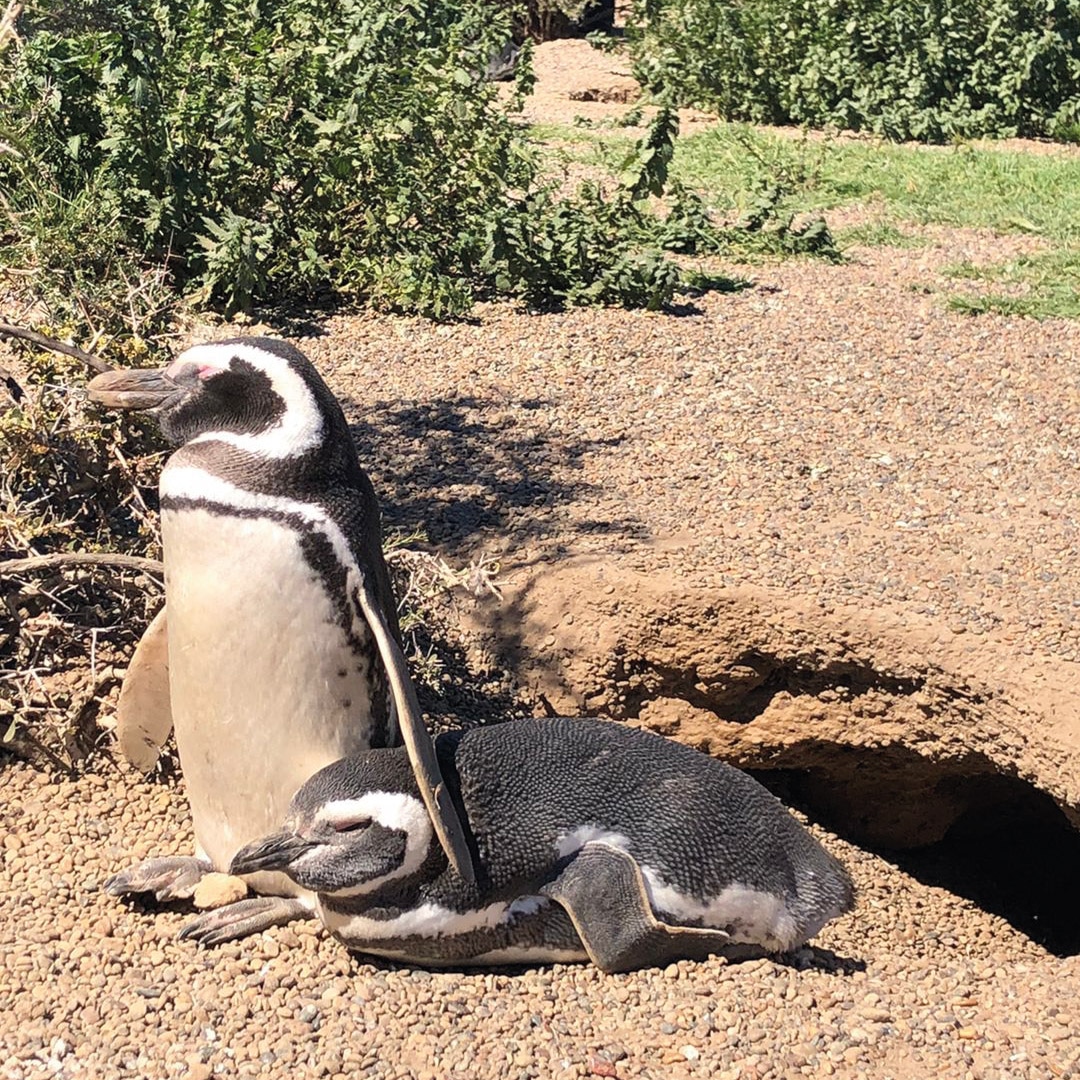
Penguins in Chiloe Island: The Magellanic Penguin
The Magellanic penguin (Spheniscus magellanicus), also known as the Patagonian penguin, is a species of bird of the penguin family (Spheniscidae), which nests in the Malvinas Islands and on the coasts and islands of Patagonia in Argentina and Chile, migrating northward in winter, reaching the waters of Uruguay and southeastern Brazil with warmer temperatures, being a vagrant species in Australia, Peru, Colombia, and other islands of the South Atlantic. It is the most numerous of the genus Spheniscus. The other species in this genus are the Cape penguin, the Humboldt penguin, and the Galapagos penguin.
Magellanic penguins are medium in size, with specimens between 35 and 45 cm in height (3 kg in weight). The head is black with a white stripe that starts from the eye, surrounds the ears and the chin, to meet at the throat. They have grayish-black plumage on the back and white on the front, with two black bands between head and torso, the lower one in the shape of an inverted horseshoe. These two bands distinguish it, for example, from the Humboldt Penguin, which only has one.
The colors of its plumage represent an evolutionary adaptation through which the animal can obtain an efficient mimicry in the marine environment, since when it swims submerged, its dark back goes unnoticed by those who observe from above, as it is confused with the dark tones of the depths. marine, and – conversely – his white torso blends with the luminosity of the surface for those who observe from a greater depth.
What to do in Chiloe Island?
Well, if you decide to stay in Chiloe, you will find many great activities to do. But, you also can visit Chiloe Island in a full day trip from Puerto Montt or Puerto Varas, while you´re visiting the lakes district in the chilean Patagonia. Check our Full Day tour to Chiloe Island
Patagonia Tours: Visiting Chiloé, the Lakes District in Argentina and Chile
We have different options to visit the northern portion of Patagonia. Check the following list of Patagonia Tours, including Peninsula Valdes and the Lakes District in Chile and Argentina
Argentina and Chile in 12 nights – I: Buenos Aires, Bariloche, Puerto Varas, Santiago 
The Lakes District of Patagonia – 6 nights 
1-day Lakes Crossing from Bariloche to Puerto Varas 
1-day Lakes Crossing from Puerto Varas to Bariloche 
2-day Lakes Crossing from Bariloche to Puerto Varas 
2-day Lakes Crossing from Puerto Varas to Bariloche 
More tours to visit Chile!
If you´re looking for more tours to visit Chile, check our complete list of tours to visit Chile by clicking in the image below


